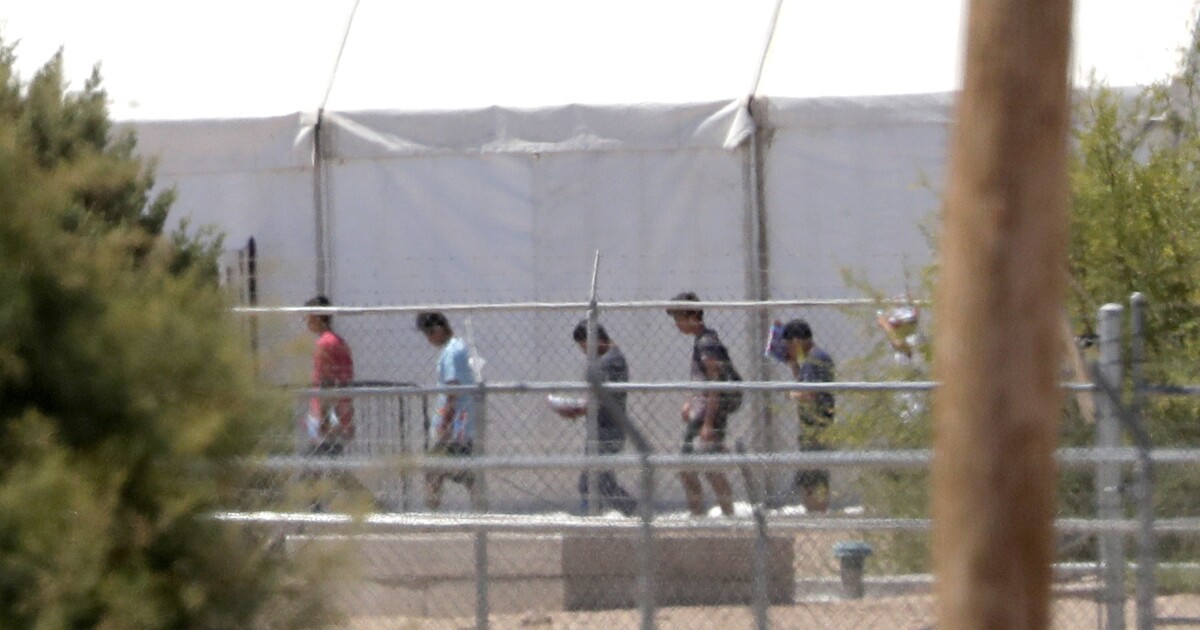U.S. immigration policies are very much in the spotlight recently with reports on conditions at some of the southern border detention camps and fresh concerns about children being held apart from their parents.
Recently, Congresswoman Alexandria Ocasio-Cortez called these facilities “concentration camps” and was swiftly rebuked by people on the right and left. To be clear, the U.S. government holds immigrants — who have entered the country illegally — while they’re being processed. The question is: what do we call these places? Are they Detention centers — as the government refers to them? Detainment camps? Is Ocasio-Cortez misinformed and perhaps, hyperbolic when she injects a loaded term like “concentration camp” into the discussion?
To get a better perspective on this, Trey thought it’d be a good time to check in with author Andrea Pitzer about her book, One Long Night: A Global History of Concentration Camps.
Listen to an extended version of Trey’s interview with Andrea Pitzer:
